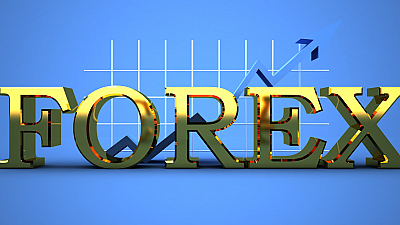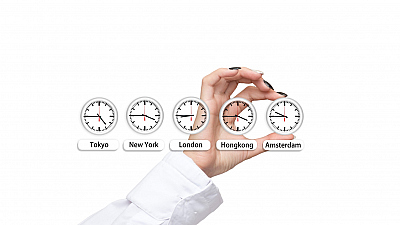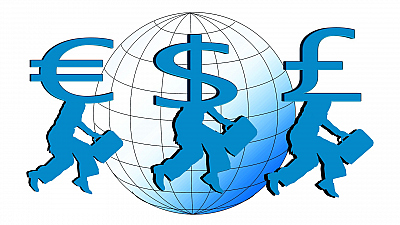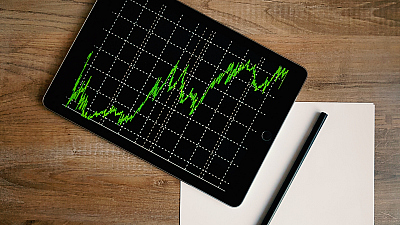A commodity is a raw material or a primary agricultural product that can be bought and sold.
Not all materials and products qualify for a commodity because there are some conditions that need to be met. The item must be standardized and for the industrial and agricultural commodities – it must be “raw”. Then, it must be usable upon delivery. And, its price must vary enough to justify developing a market for that commodity.
There are four main categories of trading commodities:
⇒ Energy – oil, natural gas, gasoline (petrol), crude oil and heating oil, etc.
⇒ Metals – gold, silver, platinum, nickel, zinc, copper, etc.
⇒ Livestock and Meat – feeder cattle, live cattle, poultry, eggs, etc.
⇒ Agricultural products – wheat, corn, sugar, coffee, cocoa, cotton, rice, etc.
Energy and Metals are also called Hard commodities, while Livestock and Agricultural products are referred to as Soft commodities.
Different countries specialize in producing different commodities based on the availability of natural resources.
Commodities play an essential part in the overall functioning of the economy.
In the end, there are few things in our household that haven’t, at some stage, been on the commodity market.
The sale and purchase of commodities are usually carried out on exchanges through futures contracts or in the spot (cash) market. The latter is where buyers and sellers complete their transactions immediately based on an agreed upon price.
The futures contracts are derivative instruments.
They are standardized contracts between the seller and the buyer to state that at a specific future date the seller must provide a certain quantity of the commodity to the buyer, whereas the buyer must pay the contracted price to the seller. Every commodity has a trading symbol, expiry months labeled by letters, and standardized quantities.
This provides to both the seller and the buyer stability against unfavorable price changes.
It acts as a kind of insurance to the seller, that the price would not drop drastically by the time he is ready to deliver the good. The buyer gains from the fair price of the contract and the predictability that it offers.
Prices are not set by the exchanges in any way.
Exchanges are simply the marketplace where supply and demand shape the day-to-day prices of the commodities. Some exchanges have an open-outcry session and an electronic session, extending their total working time to 22 hours a day.
Exchange members engage in the open-outcry auctions in the trading pits on the exchange floors.
During these sessions, buyers and sellers announce their bids and offers. When two parties agree on a price, the trade is sealed both on paper and electronically. The exchange then posts the price information to news services and other reporting agencies around the world.
There are clearing members in the exchange who are responsible for managing the payments between the buyer and the seller.
These are usually large banks and financial services companies. They require traders to make good-faith deposits (called margins) in order to ensure that they will not default on the trade.
There is one more type of players on the futures market.
They are the speculators who buy and sell futures contracts with the sole purpose of making profit. Many commodity markets are very liquid and quite volatile and that provides perfect opportunities for intraday traders. They usually trade on the electronic trading platforms offered by the commodity exchanges.
Commodity exchanges are about 50 and are scattered around the world.
The New York Mercantile Exchange Inc. (NYMEX) is the world's largest physical commodity futures exchange.
Different exchanges trade different commodities.
The Chicago Board of Trade (CBOT) for example, offers trading of corn, soybeans, wheat, oats, rice, gold, silver and ethanol. The Chicago Mercantile Exchange (CME) commodities include milk, butter, feeder cattle, cattle, pork bellies, lumber, and lean hogs. The New York Board of Trade (NYBOT) trades coffee, cocoa, sugar, orange juice, and ethanol.
Competition between the various centers for futures trading has increased steadily. While the exchanges in Europe are still strengthening, new trading products are being created in the US. They are very important for the overall competitiveness.
Commodity exchanges are highly regulated.
The Commodity Futures Trading Commission (CFTC) regulates commodity futures and options markets in the USA and in Europe this is the Markets in Financial Instruments Directive (MiFID). Their objective is to promote competitive, efficient and transparent markets and to protect consumers from fraud, manipulation and unscrupulous practices.
The advantages of the futures contracts are their standardization, low cost, speed of order execution, transparency of prices and the guarantees by the clearing house.
They can ensure the prosperity of these markets. The introduction of the CFDs made the commodities available for the retail traders. Now they can afford much smaller lots and diversify further the asset classes. This lowers the overall risk and provides new trading opportunities.




